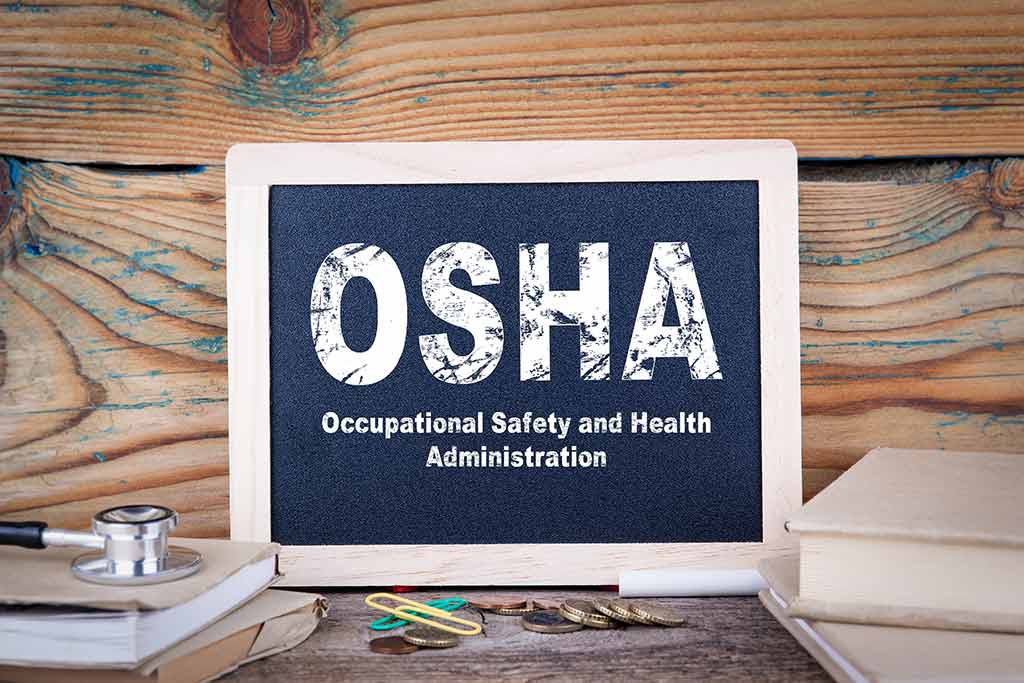National Crane Operator Prep Course
The course is specifically tailored for operator candidates, including both new and experienced crane operators seeking to enhance their skills and achieve certification.
National Crane Operator Prep Course
1. Introduction to the Course
This comprehensive course is meticulously designed for operator candidates aiming to successfully pass any of the nationally recognized written certification exams for crane operation. The course focuses on equipping candidates with the essential knowledge and skills required for the safe and proficient operation of various types of cranes in industrial and construction settings.
2. Target Audience and OSHA Certifications
The course is specifically tailored for operator candidates, including both new and experienced crane operators seeking to enhance their skills and achieve certification. While the course thoroughly prepares candidates for national certification exams, it also aligns with Occupational Safety and Health Administration (OSHA) standards, ensuring operators meet and understand the necessary safety regulations and practices in crane operation.
3. Course Curriculum / Objectives
The curriculum covers all critical topics necessary for the safe operation of cranes, with a significant focus on understanding and comprehending load charts, which are vital for safe lifting operations. Key objectives include:
- Fundamentals of Crane Operation: Introduction to different types of cranes and their specific functions in various industries.
- Safety Standards and Regulations: In-depth review of OSHA standards and other regulatory requirements for crane operation.
- Load Chart Mastery: Detailed instruction on interpreting and applying load charts effectively for safe lifting operations.
- Operational Techniques: Best practices in crane maneuvering, setup, and handling under various site conditions.
- Equipment Inspection and Maintenance: Guidelines on routine checks and maintenance procedures to ensure operational safety and efficiency.
- Emergency Response Protocols: Training in handling unforeseen situations and emergencies during crane operations.
- Practical Skills Development: Hands-on training sessions to apply theoretical knowledge in real-world scenarios.
4. Course Completion and Certification
Upon successful completion of the course, participants will receive a Certificate of Completion, signifying their readiness to take any nationally accepted crane operator certification exam. The certification serves as a testament to their comprehensive understanding of crane operation safety, load chart proficiency, and adherence to industry-standard safety practices. The course aims to not only prepare candidates for certification but also to instill a deep commitment to safety and efficiency in crane operations.
This course is an excellent opportunity for aspiring and current crane operators to solidify their knowledge, skills, and safety practices, thereby enhancing their professionalism and value in the workplace.
Questions?
888-586-9495
Related Classes:
Confined Space Entrant & Attendant
MSHA Part 48B Annual Refresher Training
MSHA Part 48B New Miner Training
CCS Safety Training’s 30-Hour General Industry Course
OSHA Outreach 30-Hour Construction Course
OSHA Outreach 10-Hour Construction Course
Why On-site Training?
In the critical moment of accountability, when facing an OSHA inspector after an incident, how do you want to define your company’s commitment to safety? Would you prefer to admit to just meeting basic requirements through online videos, or proudly affirm that your company went above and beyond by investing in on-site, OSHA-certified trainers? Choose the path that not only enhances safety but also demonstrates your unwavering dedication to your employees’ well-being and compliance with the highest standards.
Hands-On Experience
On-site training allows for practical, hands-on learning experiences. This is particularly important for safety training, where physical demonstration and practice of safety procedures can be crucial.
Immediate Feedback and Interaction
Real instructors can provide immediate feedback and clarification. This interactive environment can enhance understanding and retention of safety protocols.
Customization to Specific Worksite Needs:
On-site trainers can tailor the training to the specific hazards and safety requirements of the workplace. This ensures that the training is directly relevant and applicable to the employees’ daily tasks.
Building a Safety Culture
Having an instructor physically present emphasizes the importance of safety in the workplace. It can help in fostering a culture of safety among the employees.
Enhanced Engagement
Physical presence of an instructor can lead to higher levels of engagement and participation. Employees are more likely to ask questions and interact in a live setting.
Observation of Workplace Practices
Instructors can observe the current practices and behaviors in the workplace, providing specific, contextual advice and adjustments to improve safety.
Team Building
On-site training can also serve as a team-building exercise, strengthening the teamwork skills necessary for effective safety practices.
Compliance with Specific OSHA Requirements
Certain OSHA training requirements may be more effectively met through on-site training, especially where practical demonstrations are required.
Reducing Miscommunication
Face-to-face training reduces the risk of miscommunication which can occur in online formats, ensuring clearer understanding of safety procedures.
Adaptability and Flexibility
On-site trainers can adapt their teaching style and content on the fly, based on the response and needs of the attendees.
Immediate Resolution of Queries
Any doubts or queries can be immediately addressed and resolved by the instructor, which is not always possible in online formats.
Networking and Sharing Experiences
Employees can share their experiences and learn from each other’s safety practices and incidents, fostering a collaborative learning environment.
Ensuring Engagement and Attendance
Physical presence in a training session ensures that employees are actually participating and attentive, as opposed to online training where engagement can be harder to monitor.
Motivation and Morale:
The investment in on-site training can boost employee morale, showing that the company values their safety and well-being.
Addressing Language and Literacy Barriers
On-site training can be more effectively modified to address language and literacy barriers among workers, ensuring that all employees receive the training they need.













